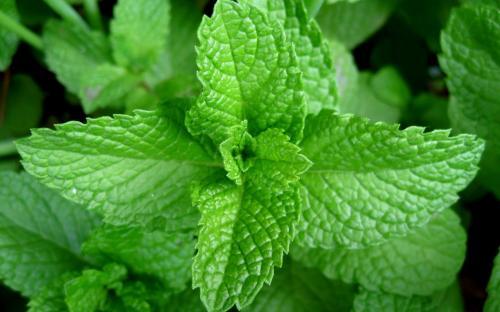Mint
In India it is commonly known as Pudina and is an essential ingredient of cooking particularly in summer.Indian mint has a stronger flavor and more pungent aroma than Western varieties. Mint is sweet and strong with hints of a sharp lemony taste; mint is pleasantly pungent and refreshing at the same time. The warm sweet fragrance of mint is cooling to the palate, leaving a fresh aftertaste.
Mint– Names in different Indian Languages.
Hindi– Pudina , Bengal – Pudina, Gujrati – Fudino , Punjabi – Pudina
Tamil - Pudhina, Urdu – Pudina
Nutritional Information
Mint is carminative, stimulative, stomachic, diaphoretic and antispasmodic. Peppermint has the highest concentrations of menthol, while preparations of spearmint are often given to children. Mint is a general pick-me-up, good for colds, flu and fevers.
Culinary Uses
Mint is used as fresh leaves, paste or in dried form.For most culinary purposes spearmint is the preferred variety. In Indian cooking It is widely used in chutneys, relishes, salads, sauces and teas. Mint is mostly added to biryanis (Moghul rice preparation), lassi - the North Indian refreshing drink. This herb is often paired with lamb.Mint is also perfect as a garnish for desserts, and goes well with fruits, iced tea, lemonade and yogurts as well as a variety of cocktails.
Fresh mint combines well with many vegetables such as new potatoes, tomatoes, carrots and peas. A few chopped leaves give refreshment to green salads and salad dressings. In Indian during Summer Mint chutney prepared with raw mango and chillies is part of daily menu.Mint is also combined in popular snack ‘’ Panipuri”.
Peppermint is used to flavour toothpaste and chewing gum.
Storage
Dried mint should be kept in a tightly sealed glass jar away from light. Fresh Mints can be refrigerated but not more than 3-4 days.
Precaution
Fresh mint is preffered over dried mint in recipes because dried leaves lose flavor and colour in course of time.
